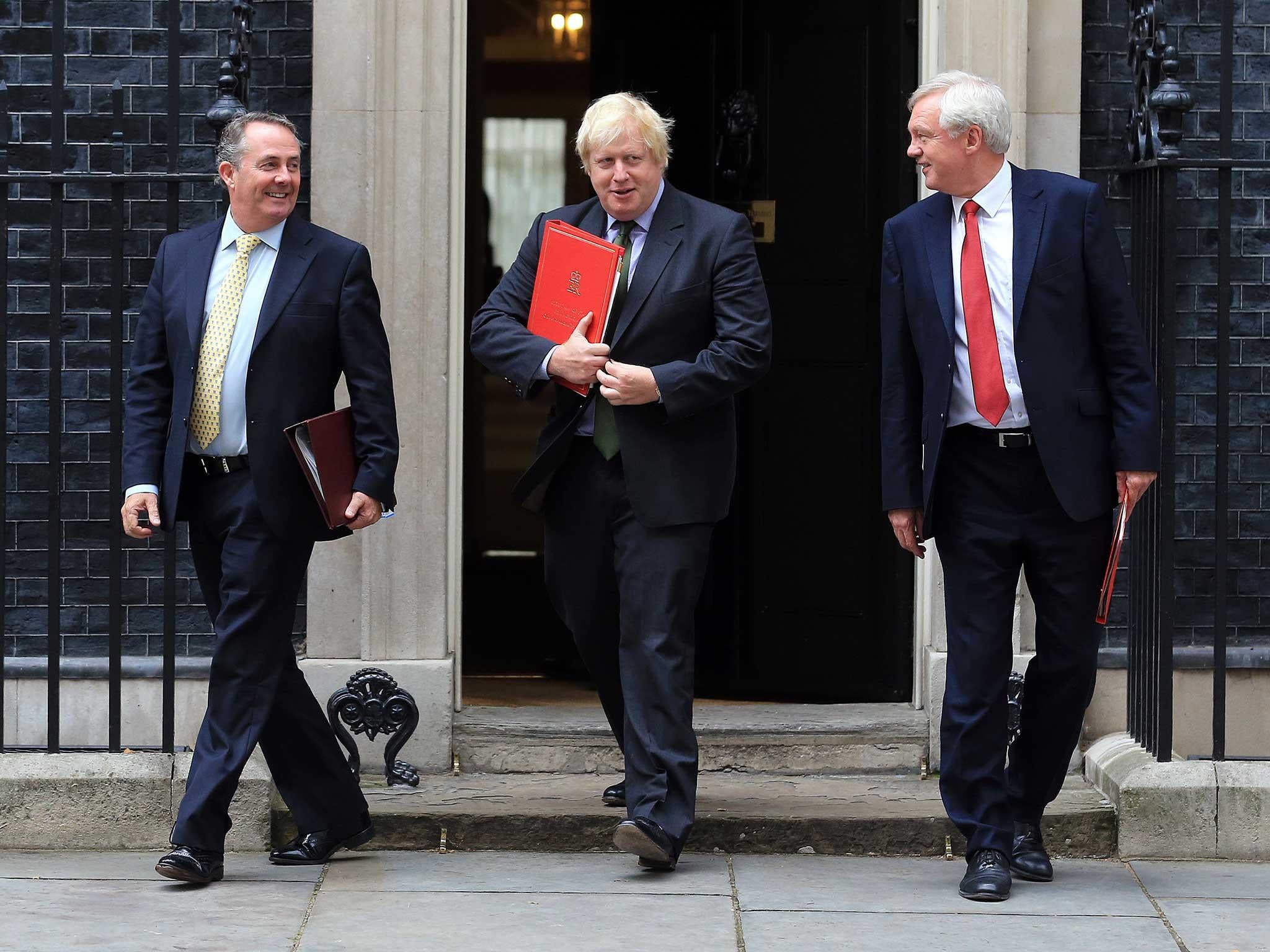How the death of cash could help prevent the next banking crisis
Until now, the case for banning cash has been couched in terms of deterring criminality, eliminating tax avoidance or even improving hygiene – but it would also allow banks to set negative interest rates

One of the most puzzling things about negative interest rates is why investors would accept the guaranteed loss. There are several reasons.
First, the need for security and safety may dictate investment in government bonds or insured bank deposits backed by the full faith and credit of the sovereign which retains the ability to issue currency to make repayments. The returns are relative. In Europe, purchasing bonds yielding more than the official rate at the central bank, even if it is negative, is the least worst option.
Investors may also be attracted by the opportunity for capital gains from price appreciation if they expect yields to become more negative. Foreign investors may be attracted by possible currency appreciation. Investors may be driven by real rather than nominal returns. Bonds with nominal low or negative returns may preserve or increase purchasing power where expected deflation is greater than the negative yield, providing positive real yields.
Investment mandates might force fund managers to purchase negative yielding bonds, irrespective of the fact that it locks in a loss. And banks and insurance companies are forced to purchase negative yielding securities. Liquidity regulations require them to hold high quality securities.
Finally, central banks with restricted investment choices are also buyers of negative yielding securities. However, large and persistent negative interest rates would meet significant resistance, triggering new attempts to avoid losses.
Investors can still physically withdraw cash and hold it. While theoretically feasible, that is unlikely to be a realistic option for businesses, governments and wealthy individuals. The modest size of the biggest denominations of notes (US$100 or Euro 500) is one constraint. Security, transport and insurance are additional constraints.
Investors may avoid negative rates by resorting to a variety of near-cash instruments. Investors would withdraw savings or creditors obtain payment by banks’ cheques which would not be banked until needed, or could be negotiated to pay for goods and services.
Investors could hold savings in foreign currencies, only converting into a negative yielding currency when necessary. This strategy avoids negative yields but also entails foreign exchange risk unless it can be effectively hedged.
Real assets – land, property, commodities (especially precious metals) and collectibles – would be favoured as a store of value. Businesses may over-invest in inventories of production inputs which can later be used.
With negative interest rates there is an inherent incentive to make payments quickly and defer receipt of funds due. This could be extended to prepayments of taxes, suppliers or employees, where parties could pay for future obligations in advance. These strategies avoid the effect of negative yields but entail increased credit or performance risk. And it is socially and economically destructive, too. Funds become tied up in unproductive assets. Savings do not circulate, perversely reducing growth. Capital allocation is distorted by the sole desire to avoid negative rates.
The shift out of banking deposits also affects the funding of banks. Ironically, this is inconsistent with bank regulations which favour retail deposit financing of financial institutions. The reduction and instability of funding as liabilities shift to certified cheques or prepayments may reduce the ability of the financial system to extend credit, further hampering economic activity.
Effective negative rates would require abolition of cash itself. To date, the case for banning cash has been couched in terms of deterring criminality or terrorism, eliminating tax avoidance, enhancing efficiency by faster funds flows, reducing costs or even improving hygiene by preventing contact with bacteria and virus-harbouring notes.
Andrew Haldane, chief economist at the Bank of England, has explicitly argued that the presence of cash has constrained central banks from setting negative rates to stimulate a depressed economy. In a future economic or financial crisis, current low rates would restrict the effectiveness of monetary policy.
Enhancing the ability to use negative rates (perhaps as high as minus 5 per cent per year) would provide central banks with additional flexibility and tools to deal with a slowdown. It would be an imaginative, rapid and durable mechanism for levying negative rates to confiscate savings.
But abolishing cash requires radical change. Despite increasing reliance on electronic payment, cash is still extensively used, remaining an important medium of exchange and means of payment for legitimate, legal transactions. Cash use globally remains high among the poor and older people. Elimination of currency has implications for social and financial exclusion. The individual cost of converting these users to digital payments is not trivial.
An exclusively digital or electronic payment system increases security and operational risks significantly. Risk of counterfeiting, cyber hacking and disruptions to operations due to technology failures are considerable.
In his speech advocating abolition of cash, Haldane accepted that public support for banishing cash was uncertain. Any such action is social and political. Citizens are likely to resist the loss on anonymity and privacy. Where the elimination of cash is linked to negative rates, it would be seen as a tax on savers and state confiscation of savings.
The intrusion of the state and authorities on this scale would become an explosive political issue.
Satyajit Das is a former banker. His latest book is ‘A Banquet of Consequences’, published in the US as ‘The Age of Stagnation’. He is also the author of ‘Extreme Money and Traders, Guns & Money’



Join our commenting forum
Join thought-provoking conversations, follow other Independent readers and see their replies